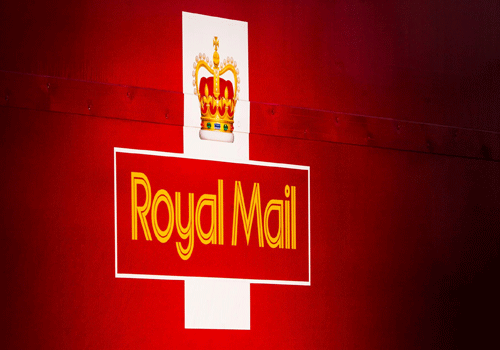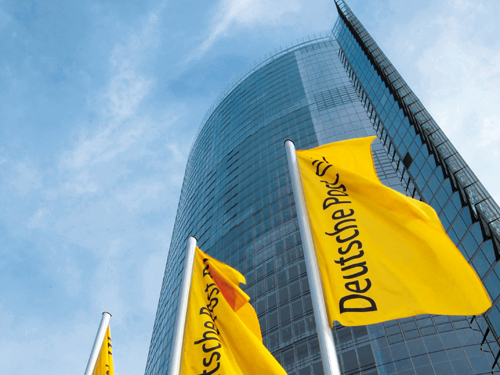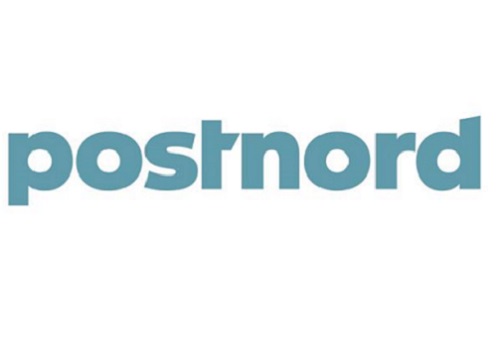
Ann Nevinson: Choice and convenience for consumers contributes to the bottom line
These last few weeks, I can’t help but notice that the role and importance of the consumer is becoming more overtly discussed in the debates and initiatives emerging amongst providers of postal access worldwide. So, although our thoughts and views around customer access often range well outside the physical posting provision, carriage, delivery and collection of mail pieces, on this occasion I am looking at one of a few slants related to consumer convenience. CEOs of Posts around the world in the news are reporting decline in traditional letter mail, but growth in packets and parcels are almost always being highlighted as driven by changes in customer requirements linked to internet shopping or e-commerce. (I am not going to attempt to say more about e-commerce here, as it is probably going to feature in or act as a backdrop to most customer access features on an on-going basis in the coming months.)
Interestingly, this year almost all business leaders have mentioned the importance of the consumer directly or indirectly linked to their plans for business growth, and this is no longer restricted to pure retail channels or post offices.
There is a growing recognition of the need to provide a wider choice of access points to meet increased consumer expectations reliably and cost effectively. At its most visible it is some form of self-service terminal, but may also refer to the provision of additional retail outlets, extended opening hours, guaranteed bespoke and flexible delivery arrangements – all designed to meet end customer needs for convenience.
Much of the focus in the postal world core business is meeting the challenge of providing a cost effective operation through the supply chain carrying “mail”, be it a letter or 3 dimensional items from A to B.
Do bear in mind that, whilst those inside the postal business may be working hard to develop a range of packet or parcel services with price and feature differentials, to the end consumer it is irrelevant. All they want is to access their purchases and gifts when, where and how they wish, and the business infrastructure which sits behind this is pretty much unimportant unless it is linked to lower consumer prices.
For those providers of the parcels delivery service, whilst watching competitors and seeking good practise, the underpinning balancing act, that reconciles the investment and re-engineering equation equitably to increase choice and provision whilst reducing cost, isn’t always transparent. Traditionally the consumer interface with postal providers for receipt of mail was very much limited to door step deliveries or face to face pick up at an outlet, now both of these options are being continuously expanded and improved.
The features and news items captured below in our newsletter are just a sample of those we think help to illustrate emerging thoughts and initiatives. In featuring them, these may enable you to consider and ideally share with us some more information about what opportunities, challenges or questions the changes such as these may mean for your organisation in your country.
Though there is a great fondness, historic brand loyalty and trust in the provision of services by or through the Post, customers will seek ever more alternative and innovative options to suit their individual needs to obtain products and services. In looking ahead and predicting future consumer expectations, it is not going to be a case of turning the clock back or time standing still, since speed and ease of access will count.
Even if you may be a little cynical about the existence of collective consumer power as a business priority for today, then I would probably take the view that it is vested right now in the actions of the businesses who are generally the key clients and providers of the volumes in and to the Posts. The changes in the worldwide economy mean that the direct relationship the business has with its customers (the consumer) drives what the business wants, expects, needs and procures from the providers of postal services.
For providers such as the Posts this continues to pose challenges for creating and sustaining innovative, accessible options and choice that will satisfy the consumer, business partners and shareholders.
Keep watching the news as we scan the market to find out more.
This Postal Access Forum would be interested in hearing from anyone who has found the secret to success for current consumer needs, or has any opinion or critique of perceived best practice. Contact the Postal Access Forum team here to share your views.













